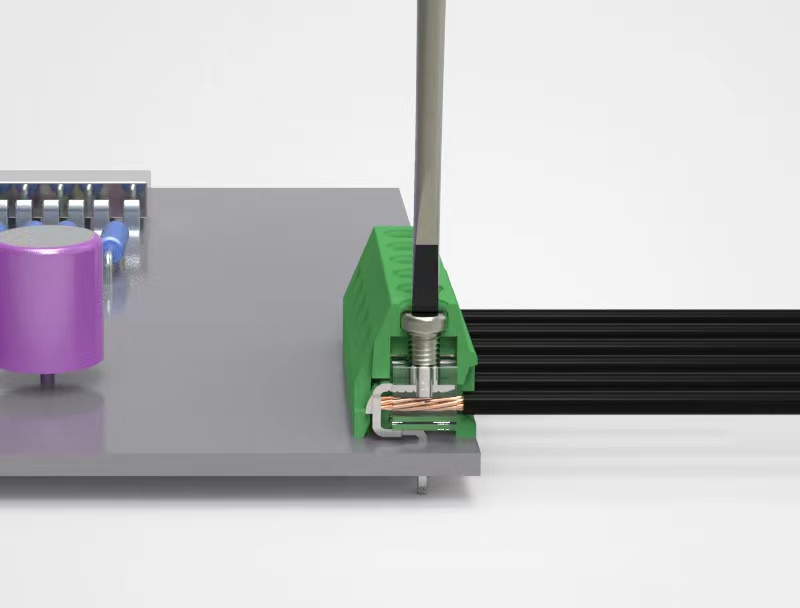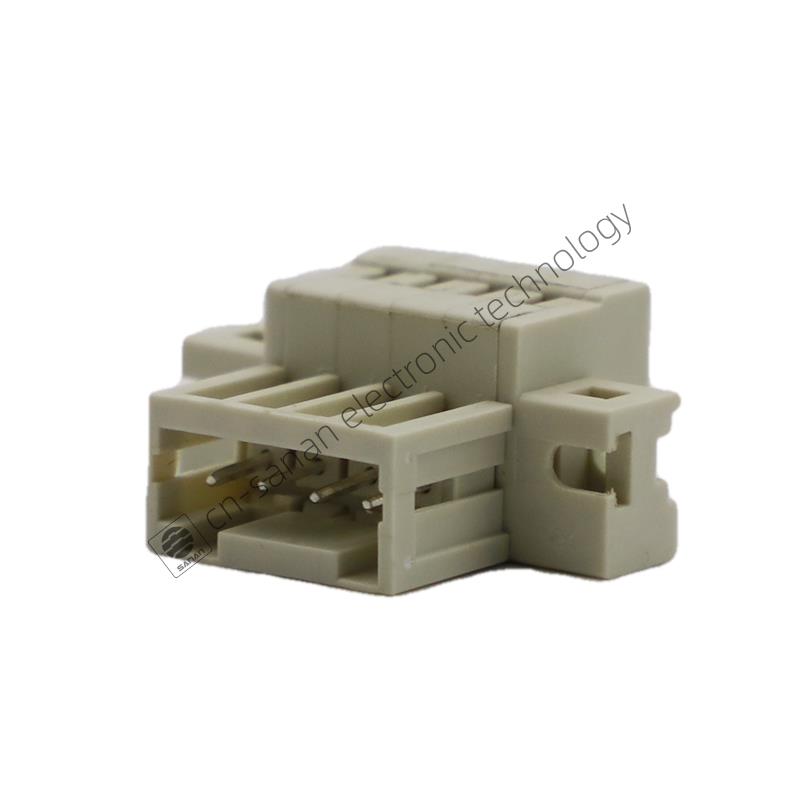PCB Screw-Type Terminal Blocks
2024-08-21The invention of terminal blocks has greatly enhanced the reliability, safety, and efficiency of electrical connections, marking a significant milestone in the development of the electrical and electronics industries. Terminal blocks not only simplify the design and installation of complex electrical systems but also play a critical role in advancing technology and improving industrial efficiency. Among them, the PCB screw-type fixed terminal block is one such example. In screw-type terminal blocks, the screw generates mechanical pressure by being tightened, which firmly presses the wire against the conductive part of the terminal block. The downward pressure of the screw ensures tight contact between the metal parts of the wire and the terminal block, thereby forming a stable electrical connection.

The main features of PCB screw-type terminal blocks include various pin pitches such as 2.54mm, 3.5mm, 3.81mm, 5.0mm, 5.08mm, 7.5mm, and 7.62mm. These different sizes are selected based on the required insulation strength and electrical performance for specific applications. Generally, the larger the pin pitch, the higher the voltage and current load it can handle. PCB screw-type terminal blocks typically achieve reliable electrical contact between the wire and the terminal through screw tightening, spring compression, soldering, and proper torque control.





